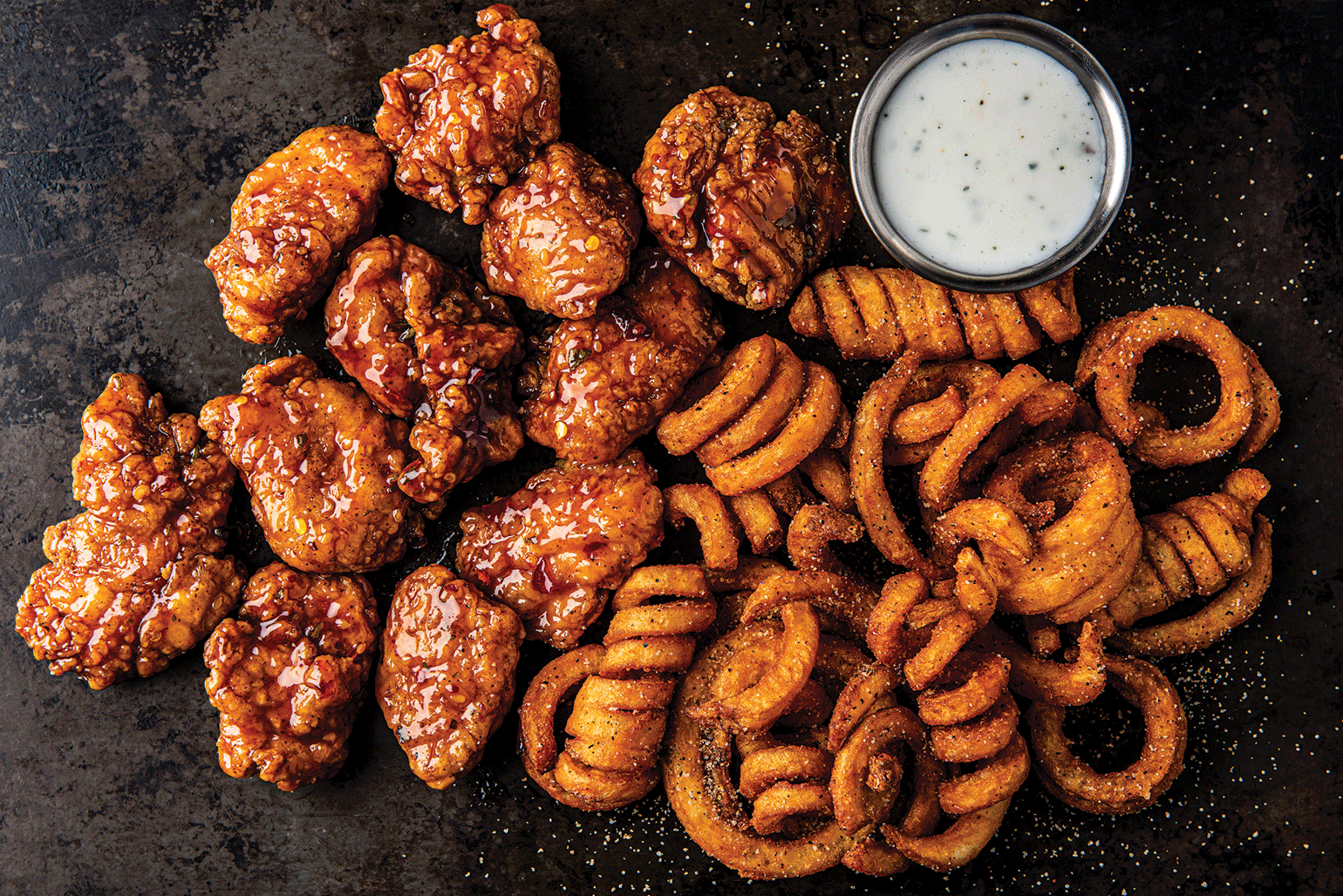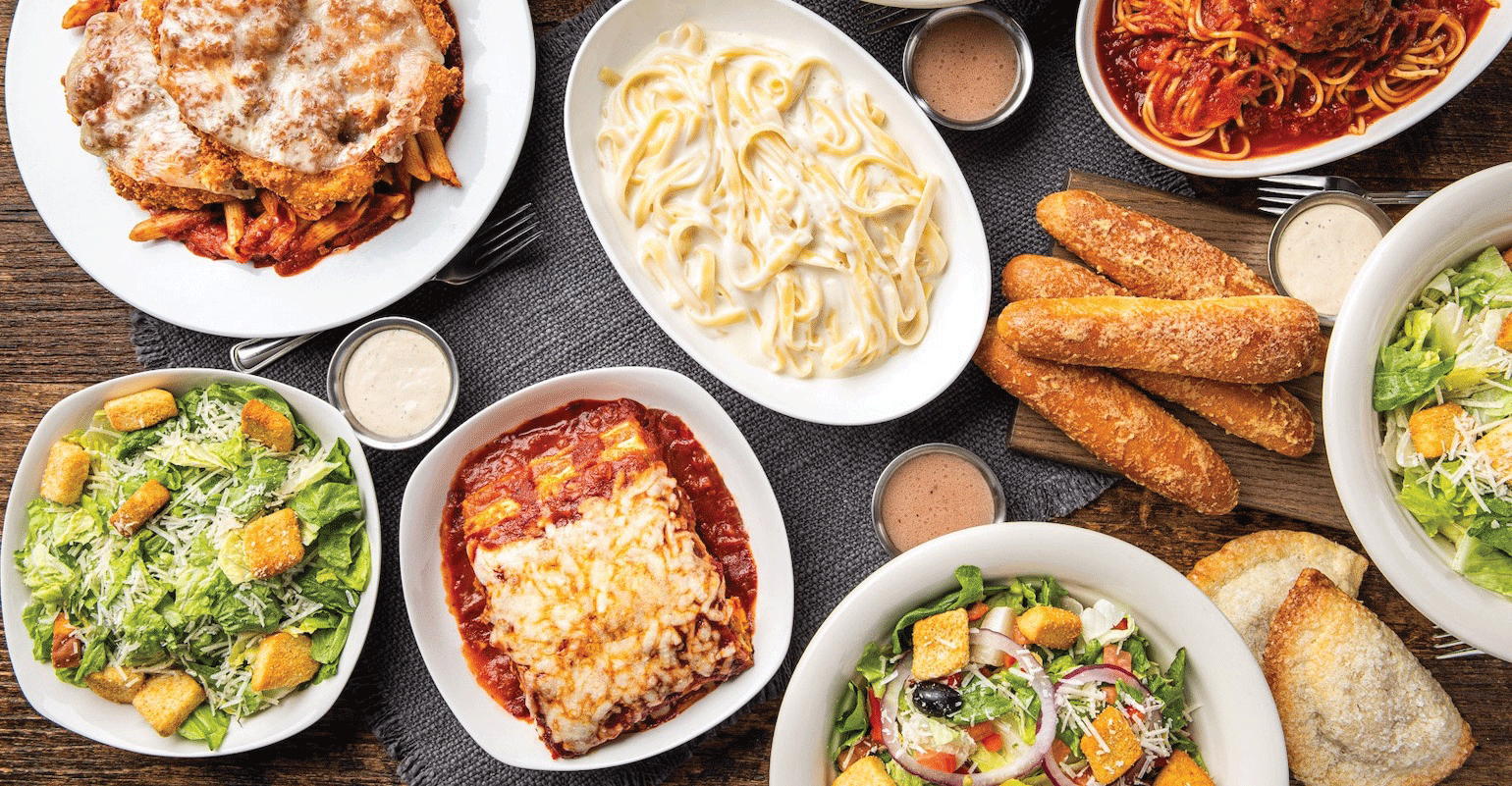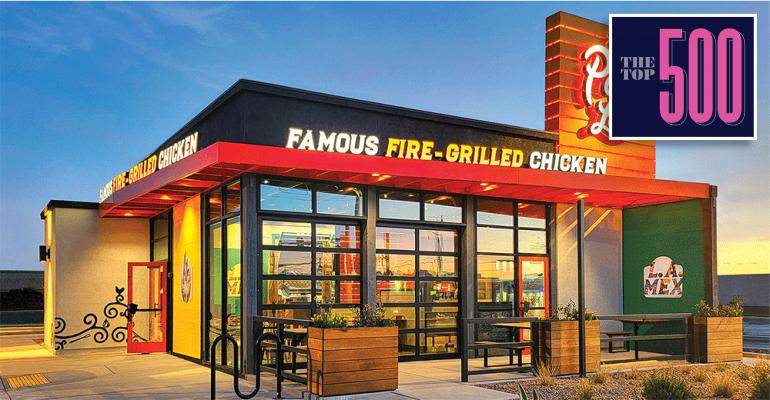If 2020 was the year of survival for the restaurant industry, 2021 was the year of omnichannel growth, where restaurants learned to become digital natives and change their service models to meet the on-demand culture of the post-COVID consumer — and, in turn, made their restaurants more efficient by getting more out of less.
The data in the NRN Top 500, published in partnership with Datassential, showed that nearly one-fifth of restaurant chains grew their AUVs in 2021 — many by double-digit percentages —while their store counts simultaneously shrank or stagnated. The sales growth secret for many of these chains? Investment in digital technology, which picked up the slack when a physical footprint was lacking. The more channels you can open – whether through delivery, takeout, drive-thru, curbside pickup or in-store dining — the more opportunities you have to capture the new or returning guest experience.
That’s what Brinker International Inc. learned when the casual-dining parent company expanded its wildly successful first virtual restaurant, It’s Just Wings, and opened a second virtual brand, Maggiano’s Italian Classics, in 2021. Off-premises continues to be the driving growth vehicle for Chili’s and Maggiano’s, said Wade Allen, senior vice president, head of innovation at Brinker. While Chili’s unit growth dropped by 3.5% in 2021, AUVs were up an impressive 26.4%.
“We have become used to what I sometimes call the ‘Amazon effect’ of being able to order something and get it immediately,” Allen said. “And why can't every company do that? I think that what our guests now seek is convenience: something fast and easy, but it also has to be delicious and not typical QSR. So, whether it’s in the dining room or at home, you have to deliver a great product at a great value.”
With the growth of It’s Just Wings and introduction of Maggiano’s virtual offshoot Italian Classics, Brinker began handling heavier volumes of off-premises orders and introduced new customers to the idea of Chili’s and Maggiano’s as brands that you don’t have to drive to in order to experience.

Following the success of its first virtual restaurant, It’s Just Wings, Brinker International opened a second, Maggiano’s Italian Classics, in 2021.
“A lot of our delivery customers were like, ‘I didn’t even know Chili’s had delivery until today,’” Allen said. “The to-go and delivery business became more top of mind when the dining rooms slowed down, and that's where that growth came from. … Then dining rooms came back in 2021 and people were ready to take off their masks and live a normal life.”
Companies like Brinker learned how crucial it was to introduce customers to their digital presence. For El Pollo Loco, customers became more familiar with the brand through trendy social media platforms. In 2021, El Pollo Loco began ramping up its presence on TikTok, creating buzz for items like the tostada salads — which came back for a limited time last summer — and continuing into this year with the new birria taco. After debuting the birria taco on TikTok, sales mix of the new item jumped 8.5%.
Besides social media, chief marketing officer Andy Rebhun said that the brand homed in on communication improvement with customers. By getting better at sending well-timed, personalized messages to customers and spending more than half of the company’s advertising spend on digital media, the company was able to increase customer frequency.
But increasing AUVs by 11.9% (while only marginally growing store count) was a multi-pronged approach to meet customers where they were.
“You can't just say, well, we're going to lean in to TikTok, and that's going to solve our problem,” Rebhun said. “There really has to be a comprehensive, 360-degree approach because people are spending more time in different places, and brands that don't adapt to this flexible way of thinking are going to be left behind.”

Brand flexibility was at the forefront of Focus Brands’ strategy as the company headed into the post-COVID world. While many of Focus’ “mall brands” traditionally relied on spontaneous foot traffic rather than occasion visits and off-premises sales, in 2021, Focus Brands doubled down on expanding its horizons, especially for Auntie Anne’s and Jamba. Auntie Anne’s opened its first cobranded drive-thru with Jamba in May 2021, opening up omnichannel possibilities for the pretzel brand.
“While mall-based real estate has been incredibly valuable to the brand and will continue to be important moving forward, we are committed to bringing Auntie Anne’s street-side to make our pretzels even more accessible to consumers,” said Alisa Gmelich, chief brand officer at Auntie Anne’s. “For a brand like Auntie Anne’s that is primarily mall-based, it has been rewarding to see our investment in digital and off-premises capabilities show a strong return —people are excited to get their favorite pretzels delivered right to their door.”
This strategy paid off big-time with 64.6% growth in sales and 60% growth in AUVs in 2021 (boosted by the return of in-person shopping), even as Auntie Anne’s closed 60-plus locations. Sister brand Jamba experienced a similar growth spurt despite a 4% reduction in store count, even as AUVs grew almost 14%. Today, digital sales represent a total of 18% of total sales for Jamba, which was previously unheard of before the pandemic.
This success story of digital sales growth and switching up your service model has echoes throughout the restaurant industry, like Starbucks, which grew its AUVs by 18% as unit count ticked up by less than 1%. It invested in tech-driven small-store formats like the experimental Amazon Go Starbucks store, which opened in November in New York.
In 2021, the evolution of technology-driven service proved to be a greater indicator of success than opening more stores, proving that physical real estate isn’t a requirement for meeting customers where they are.
Contact Joanna Fantozzi at [email protected]
Follow her on Twitter: @JoannaFantozzi
Read more:
- 2022 Top 500 countdown: Restaurants ranked No. 50 – No. 1
- 2022 Top 500 countdown: Restaurants ranked No. 100 – No. 51
- See the largest restaurant chains in America ranked by sales, units and more
- Casual dining restaurant chains stage comeback with eye-popping 2021 sales
The Top 500 report is presented by Nation’s Restaurant News and Datassential, using insights from Datassential’s proprietary Firefly platform. Datassential’s Firefly is the ultimate strategic tool — No. 1 operator database, lead generator, customer marketing and intelligence platform, all-in-one. Learn more about getting complete access at datassential.com/firefly


